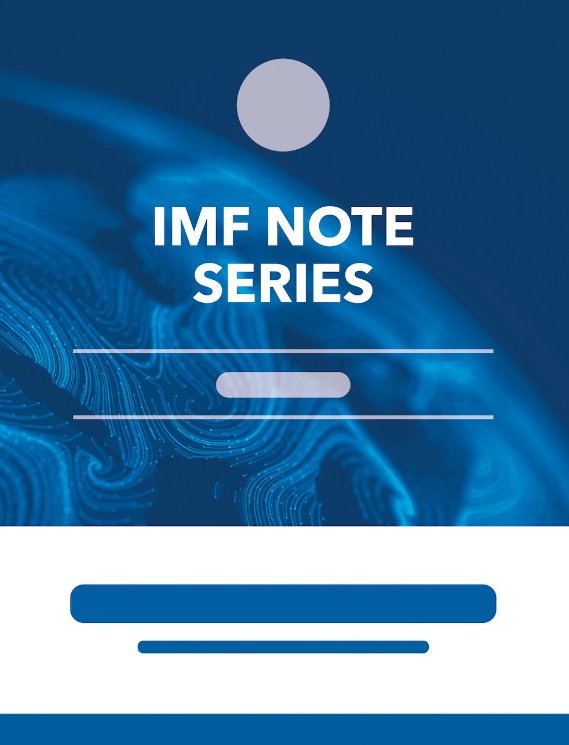VAR meets DSGE: Uncovering the Monetary Transmission Mechanism in Low-Income Countries
April 11, 2016
Summary
Subject: Dynamic stochastic general equilibrium models, Econometric analysis, Economic theory, Environment, Structural vector autoregression, Supply shocks, Vector autoregression
Keywords: Africa, Dynamic stochastic general equilibrium models, estimation environment, exchange-rate elasticity, features of the estimation environment, GDP gap, inflation rate, interest rate, interest rate target, LIC context, LIC environment, Low Income Countries, monetary policy, monetary policy effect, monetary policy rule, monetary policy shock, Monetary Transmission Mechanism, Monte Carlo Methods, research environment, Structural vector autoregression, Supply shocks, transmission mechanism, Vector autoregression, Vector Autoregression Methods, WP
Pages:
45
Volume:
2016
DOI:
Issue:
090
Series:
Working Paper No. 2016/090
Stock No:
WPIEA2016090
ISBN:
9781484324752
ISSN:
1018-5941







